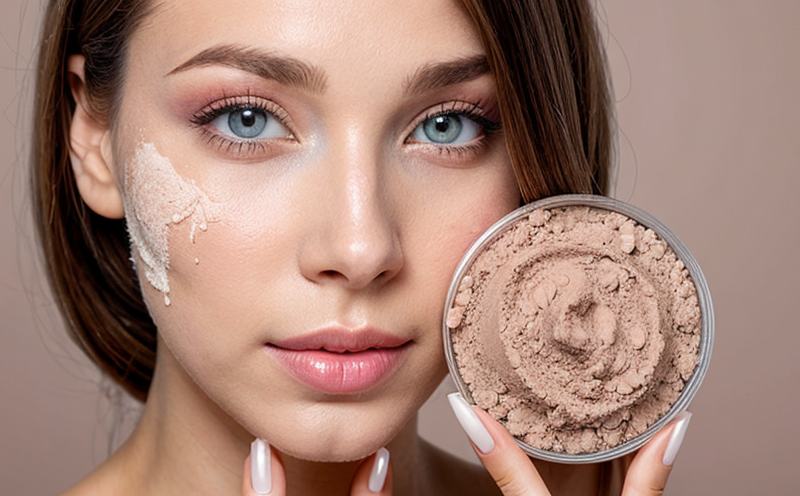Dermatological Compatibility Clinical Assessment
In the highly regulated and competitive world of cosmetics, ensuring that beauty products are safe and well-tolerated by consumers is paramount. Dermatological compatibility clinical assessment plays a crucial role in this process. This service involves a series of tests designed to evaluate the safety of cosmetic formulations on human skin. The primary goal is to identify potential allergens or sensitizers that could cause adverse reactions, such as irritation or allergic contact dermatitis.
The assessment typically follows international standards like ISO 10993-11 and ASTM E2457, which provide guidelines for testing the dermal compatibility of materials. The process begins with in vitro tests using human skin models to assess the potential for irritation or sensitization. These initial screenings are followed by more comprehensive clinical studies conducted on humans.
For in vivo tests, a small group of volunteers is selected based on their skin characteristics and history. The test subjects apply the cosmetic formulation under controlled conditions over a specified period. During this time, various parameters are monitored to detect any signs of adverse reactions. These include observations of the skin's appearance, measurements of transepidermal water loss (TEWL), and patch tests to identify allergens.
The results from these clinical assessments provide valuable insights into the safety profile of the cosmetic product. They help manufacturers make informed decisions about ingredient selection and formulation adjustments to minimize risks. Compliance officers can rely on this data to ensure that their products meet regulatory requirements, thereby protecting both consumers and their brand reputation.
Understanding the implications of dermatological compatibility is crucial for R&D engineers in developing new formulations. By integrating these assessments early in the product development cycle, they can identify potential issues before full-scale production begins. This approach not only reduces costs but also ensures that products are ready for market with minimal regulatory hurdles.
For quality managers and procurement officers, dermatological compatibility testing serves as a critical step in supplier evaluation and product certification processes. Suppliers must demonstrate compliance with relevant standards to gain access to the cosmetic industry. By including this service in their supply chain protocols, companies can ensure that they are working with reputable partners who prioritize safety.
| Application | Description |
|---|---|
| In vivo Testing | Conducted on human subjects to assess the safety of cosmetic formulations. |
| Ex Vivo Testing | Uses human skin models for initial irritation and sensitization assessments. |
| Patch Testing | Determines the likelihood of an allergic reaction by applying a small amount of the formulation to the skin. |
Industry Applications
- In vivo testing on human subjects for comprehensive safety assessment.
- Ex vivo testing using human skin models to identify potential allergens early in the development process.
- Patch testing to detect allergic reactions and sensitizers in cosmetic formulations.
Quality and Reliability Assurance
The quality and reliability of dermatological compatibility clinical assessments are ensured through strict adherence to international standards. The laboratory follows a rigorous procedure that includes sample preparation, calibration of equipment, and standard operating procedures (SOPs). Each step is meticulously documented to provide transparency and reproducibility.
Regular calibration and maintenance of testing equipment ensure accurate results, while ongoing training for laboratory personnel guarantees consistent performance. Quality managers can rely on these stringent controls to have confidence in the data generated by this service. Compliance officers will find it easier to meet regulatory requirements with such robust quality assurance measures in place.
The reliability of the assessments is further enhanced through continuous improvement initiatives that incorporate feedback from clients and ongoing research into new testing methodologies. This commitment to excellence ensures that dermatological compatibility clinical assessment remains a trusted service within the cosmetic industry.
Use Cases and Application Examples
Dermatological compatibility clinical assessments are essential for several key use cases in the cosmetic sector:
- New Product Launches: Ensures that new formulations meet safety standards before entering the market.
- Ingredient Substitution: Evaluates the impact of changing ingredients on skin health and safety.
- Batch Verification: Validates the consistency of production batches to maintain quality standards.
These assessments are particularly important for products that come into direct contact with the skin, such as lotions, creams, and makeup. By providing detailed reports on test results, this service helps companies make informed decisions about product safety and regulatory compliance.





